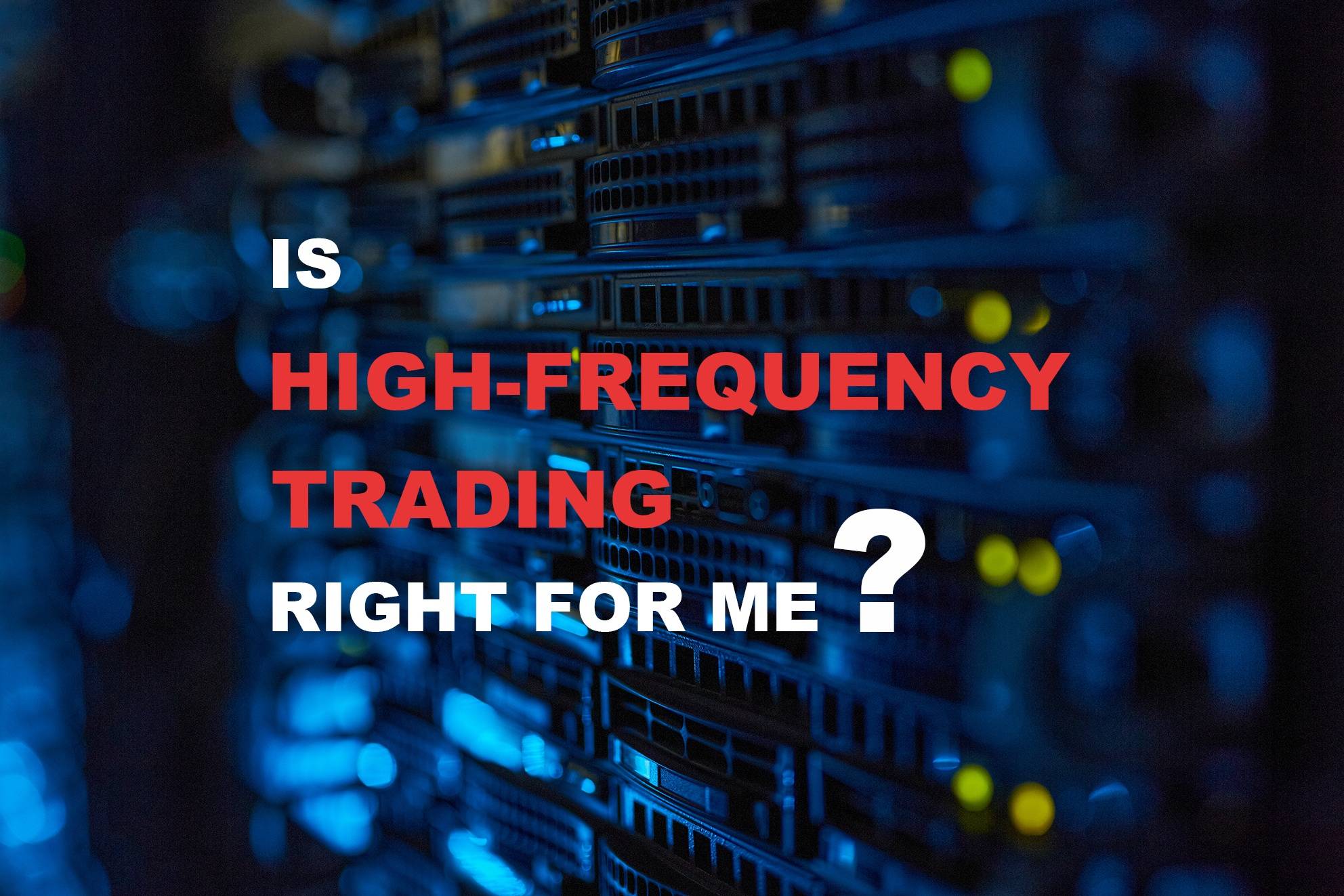The growth of algorithmic trading over the last decade has made a huge impact on the markets, effectively automating order execution in ways previously unthought of. Today, it is estimated that around 60% of trades are executed by computer systems, and that number looks set to grow over the next decade. However, some have argued that algo trading is a victim of its own success, and the countless algorithms currently available make choosing and justifying allocation increasingly difficult.
Algorithmic trading harnesses complex formulas to execute large orders using mathematical models based around factors such as time, price, and volume. However, the sheer number of different algo options available means that it is close to impossible for an individual to keep an overview of the entire segment, let alone build a coherent best execution policy. To compound the issue, some have pointed out that many algorithms are, in essence, the same—leveraging similar parameters but promising different approaches. So, the question is, how do you go about choosing?
Algo wheels are one solution currently being offered by EMS providers and broker dealers—a solution that is being used to draw in traders with a range of “performance driven” promises. They aim to provide easily accessible data sets that justify execution decisions while dealing with the challenges of sourcing liquidity. But do they offer true best execution? Or is this just a form of automated broker roulette that arbitrarily selects algorithms under the guise of performance driven trading?
What is an Algo Wheel?
In simple terms, an algo wheel is a piece of software designed to automatically select the optimal broker or algorithm at any given time. It offers an automated approach to the routing of order flow on the buy-side, not only selecting the “best” option, but also switching between options faster than a human might be able to. It may be useful to imagine the spokes of a wheel. When the wheel spins each spoke selects an algorithm based on a pre-defined input, reducing human bias through automated decision-making while simultaneously bringing down costs.
This type of performance driven trading also helps to minimize “noise” for the buy-side, essentially shifting focus to the parameters defined in the algo wheel rather than the algorithms themselves. This enables the creation of rule-sets designed to allocate flow, releasing traders from the burden of ensuring appropriate allocation is followed. Subsequently, this can free up time for the identification of performance metrics that work towards building better strategies.
Algo Wheels and Best Execution
Among the many factors that have given rise to the algo wheel, MiFID II continually raises its head as a defining principle. Since its implementation, the buy-side has been under increasing pressure to explain and defend best execution practices. Algo wheels are seen as an answer to this, with the data produced providing validation of best execution in a more easily manageable way. However, even if this type of best execution is good enough for the regulators, the jury is still out on whether it offers a better deal for traders.
Additionally, depending on the angle in which you view the current crop of algo wheels, you may be presented with both pros and cons as to their effectiveness:
PROS
- Algo Management — Detailed knowledge on each algorithm currently available is impossible for any individual. Algo wheels, however, can instantly assess an almost unlimited number using a set of pre-defined rules.
- Automation — Increased automation of certain parts of the trading blotter makes traders more efficient and frees up time to define benchmarks and strategy.
- Research Separation — Allows unbundling of research and execution for transparent cost analysis.
- Regulation — Helps buy-side more easily plan, monitor and demonstrate best execution by providing data-based evidence.
CONS
- Lack of Transparency — Algo wheels are among the least understood tools currently on the market. Buy-side traders may have even less insight into the exact reason why an algo switches its selection at any given time.
- Lack of Standardized Products — Algo wheels can be very different from each other, offering varying degrees of user control and customization. Comparing two different products may be pointless.
- Over-Automation — Leaving the entire process to machines may pose significant issues when problems occur. Despite claims of complete automation, continual human assessment of the process is still required.
- Conflicts of Interest — It has been suggested that brokers operating their own algo wheels may be manipulating allocation logic. Impartiality is crucial for best results.
The Future of Algo Wheels
As regulations increase and traders strive to provide best-in-class services, it seems that the use of algorithmic wheels will continue to rise. The increased automation and the opportunity to reduce elements of trader bias and human error is, of course, welcomed by many. Additionally, new and more concrete proof of best execution should be enough to appease regulators. However, whether an algo wheel can be truly impartial is another matter, and one that very much depends on how that particular wheel is engineered. This issue, in particular, is a sticking point for some when approaching the algo wheel products currently offered by specific brokers.
In truth, careful analysis of algo wheels should be performed in order to ensure their effectiveness, and only truly impartial algo wheels should be used. Additionally, the degree of user control and customization of any given wheel must be weighed up by the user. However, there are encouraging signs as far as best execution is concerned, and the streamlining of the algo selection process is a boon for the buy-side. In the end, avoiding the world of broker roulette may still be a challenge, and one that requires constant vigilance from all players within the industry.






